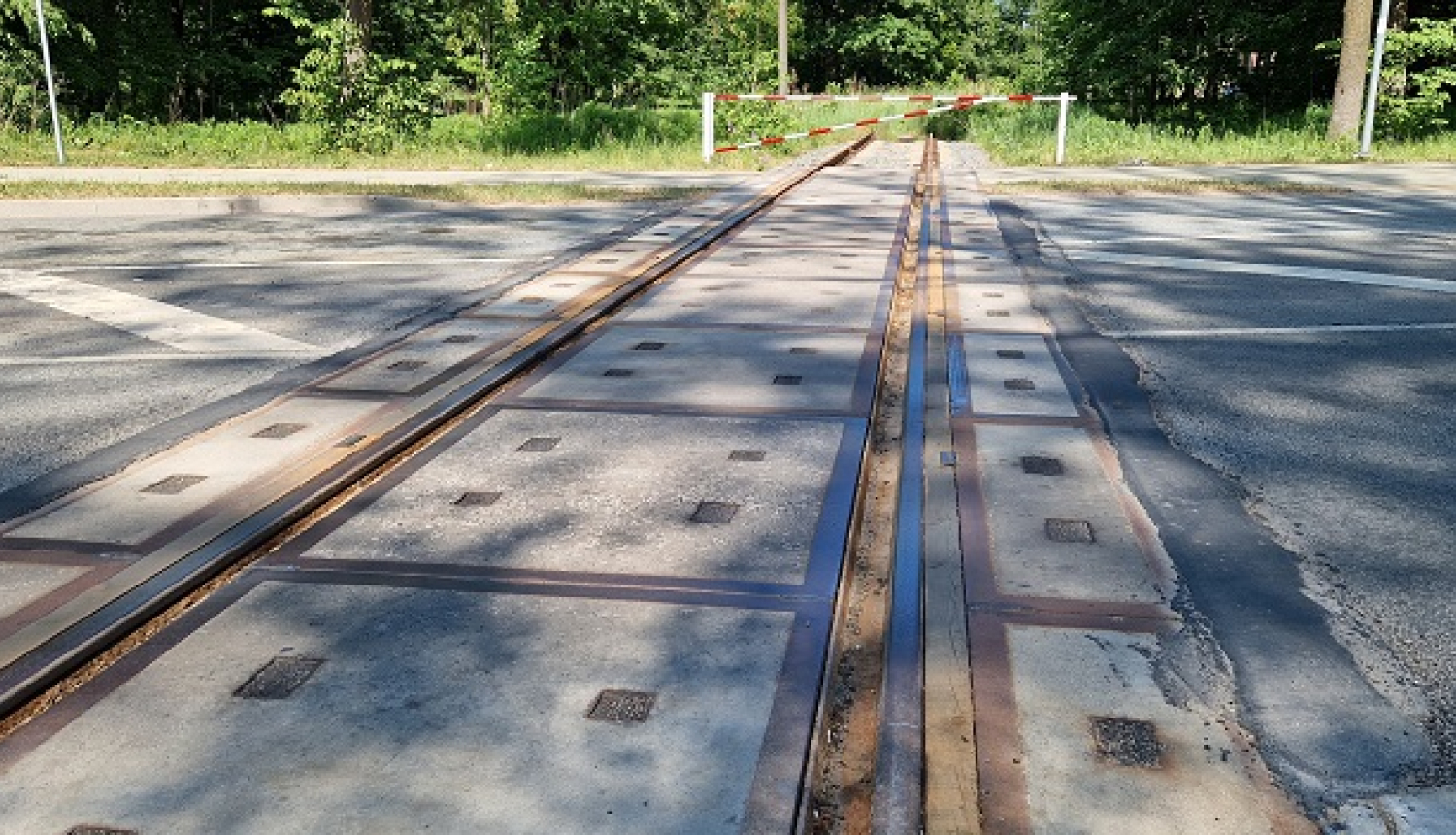The Transport Accident and Incident Investigation Bureau, continuing its investigation into the safety situation at railway crossings, has compiled information provided by municipalities on the most critical issues contributing to accident risks at railway crossings.
Jāzeps Luksts, Head of the Railway Accident Investigation Division at the Transport Accident and Incident Investigation Bureau, explained: "Poor quality or deformed railway crossing surfaces, inadequate maintenance during winter conditions, limited visibility at crossings due to nearby trees and shrubs, and non-compliance with environmental accessibility requirements are just some of the problems identified by municipalities that may lead to incidents at railway crossings."
A significant issue highlighted by several municipalities, especially larger urban areas, is the insufficient number of railway crossing points or their placement that does not align with residents' daily activities. Due to inadequate or poorly located crossing points, residents often cross railway tracks illegally, significantly increasing accident risks.
Additionally, some municipalities identified the duration of traffic signals at railway crossings as a contributing factor. Drivers may violate safety regulations due to seemingly unnecessarily long red signals, creating safety hazards.
In April 2025, the Transport Accident and Incident Investigation Bureau initiated a railway crossing safety investigation following a notable increase in railway crossing incidents in recent years. As part of this investigation, the Bureau is conducting technical assessments, cooperating with municipalities and other stakeholders, and encouraging residents to report potentially hazardous railway crossings.


